46.680888, -92.51399
To regenerate paper birch
44.108, -91.988
Regenerate a mature red oak stand to a young stand of similar composition, comparing clearcut and shelterwood methods.
46.04432, -93.56044
Establish oak regeneration while comparing several different silvicultural strategies and techniques.
47.041534, -94.334
Bolster oak regeneration on a stand with poor natural regeneration and heavy competition, after first cut in two cut shelterwood harvest.
47.210716, -93.416667
Aspen timber sale on county land by a private contract with a logger. Enhance wildlife habitat for ruffed grouse.
46.380167, -93.406167
Two step shelterwood harvest to encourage red oak, basswood, birch regeneration.
46.822, -93.675
To use a two-step shelterwood harvest in a mature northern hardwood stand with the objective of increasing the oak component of the future mixed hardwood stand.
46.101808, -92.481827
To use a two-cut shelterwood system with deer browse protection (exclosures) to maintain northern red oak as a component of Central Dry-Mesic Oak-Aspen-Red Maple Forest
46.323033, -92.791008
Establish a fully stocked red pine stand from natural regeneration.
48.027063, -94.15836
Increase white/red pine, decrease aspen
46.794804, -92.824755
The objective of this sale is to perpetuate the northern hardwood composition of the stand, retaining some species diversity on the landscape. Secondarily, we will provide a diversity of harvest species for operators and smaller mills.
47.13505, -94.425895
To optimize timber returns while initiating a new even-aged stand on a site that has prominent blowdown. Promote and facilitate wildlife habitat.
47.551146, -91.16376
Multiple goals; but primarily to develop coordinated multi-landowner (USFS & MN DNR) stand management plans that integrate ecological, timber, water quality, and wildlife habitat objectives.
44.695476, -92.715319
Promote regeneration of floodplain tree species and prevent conversion of site to reed canary grass. Provide wildlife habitat for the next 50 to 100 years.
46.433207, -92.23757
Shelterwood harvest to regenerate the stand to paper birch.
43.8077, -91.8422
Regenerate a mature oak stand to a young stand with similar composition.
46.450311, -92.418057
Use the shelterwood silviculture system to naturally regenerate red oak and carry red oak seedlings through heavy understory competition.
48.236107, -93.828197
Maintain a multi-aged stand and natural mixed pine regeneration to provide within stand structure that is lacking along this public land dominated sand ridge.
45.209418, -88.360515
Promote mixed oak-pine stands for quality sawtimber and wildlife habitat associated with the Northern Dry-Mesic Forest natural community. Test various mechanical scarification techniques to create favorable seedbeds and increase oak and white pine regener
46.761258, -92.743935
Determine best silvicultural method for paper birch regeneration.
47.05776, -92.097232
Regenerate white and red pine using a shelterwood system and controlling competition with herbicide
45.582931, -94.37608
Retain red and white oak as the dominant species in a mixed hardwood forest.
47.568207, -94.027104
Use prescribed fire to prepare the site, control beaked hazel, and expose mineral soil to favor natural regeneration of white pine and red pine, with a desired future condition of a two-aged mixed pine stand.
47.200157, -91.91711
Natural regeneration of paper birch by reserving mature aspen and scarifying the site with a salmon blade.
46.244534, -92.294836
To naturally regenerate paper birch.
45.394348, -79.5639
Promote black cherry regeneration as a significant component of a tolerant hardwood stand
47.464404, -93.367368
Regenerate aspen and increase conifer component to create an even-aged, structurally diverse mixedwood stand.
46.380555, -94.423611
Un-even aged mixed hardwood/conifer stand with a major component of oak. Protect oak seedlings from deer browse through the use of flexible mesh caps
46.417805, -92.02313
Maintain the northern hardwood timber type through an even-aged silvicultural system of shelterwood with reserves.
45.831715, -94.653849
To use a two-cut shelterwood system to maintain a significant oak presence in a future mixed hardwood stand.
45.914574, -93.59457
Re-establish a robust, self-sustaining component of white pine in a mesic hardwood stand.
46.691645, -92.533752
To reserve mature white pine for legacy and open growing space for a new cohort of white pine.
47.243077, -92.121147
To naturally regenerate white and red pine under a shelterwood system using two site prep methods: prescribed burn and salmon blade.
46.678469, -79.26407
To promote yellow birch regeneration as a significant component of a hardwood stand
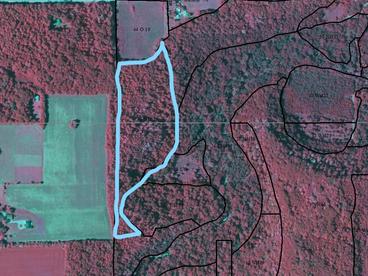
Clearcut with Reserves Harvest in Northern Hardwoods in a Mesic Oak Forest Plant Community (MN DNR)
Perpetuate an oak component through harvest and regeneration of a mature northern hardwoods stand.
Cover type: Northern hardwoods
Successful Pre-harvest Underplanting and Clearcut with Reserves Harvest for Oak/ Black Walnut Regeneration in a Southern Dry-Mesic Oak Forest NPC on the Albrecht Unit (MN DNR)
Regenerate a mature oak stand to a young stand of similar composition.
Cover type: Central hardwoods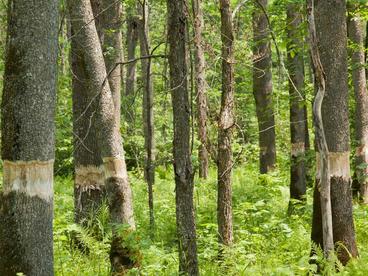
Evaluating the ecological impacts of EAB and climate change on black ash forests (Chippewa NF)
Increase resilience of black ash stands threatened by emerald ash borer (EAB) through regeneration harvests aimed at increasing representation of non-ash species.
Cover type: Ash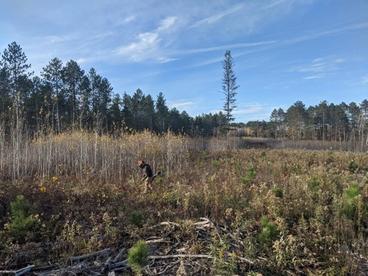
FDn33 mixedwood: using diversity to build ecological and economic resilience (CFC)
Maintain diversified composition and structure for economic and ecological resilience using a clearcut with reserves system and both natural and artificial techniques to regenerate a mix of conifers and hardwoods.
Cover type: Mixed Woods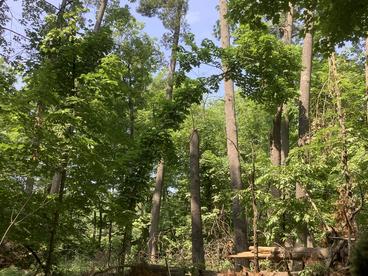
Variable Overstory Density Management for White Pine Regeneration in Two Native Plant Communities (MN DNR)
Establish or maintain uneven aged pine-mixed hardwood stands with a significant white pine component using natural regeneration.
Cover type: Mixed Woods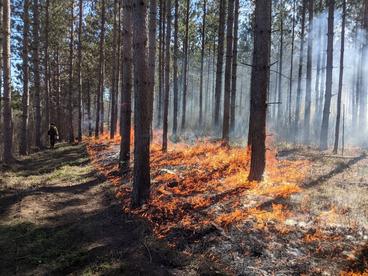
Mid-rotation site preparation and community wellness support through prescribed fire in the Otter Creek burn unit (FDL & UMN)
Promote and maintain fire-dependent forested community and conduct mid-rotation site preparation through ecocultural prescribed fire.
Cover type: Pine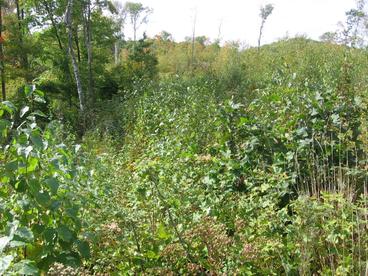
Hardwood Hill II – Northern hardwoods shelterwood with minimal scarification (St. Louis County)
The objective of this sale is to perpetuate the northern hardwood composition of the stand, retaining some species diversity on the landscape. Secondarily, we will provide a diversity of harvest species for operators and smaller mills.
Cover type: Northern hardwoods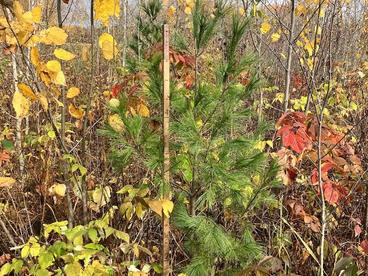
Mixed Wood Treatments (Carlton County)
Use residual patches of eastern white pine within aspen stands for future natural regeneration. Aspen stand to be harvested while white pine seedlings establish.
Cover type: Mixed Woods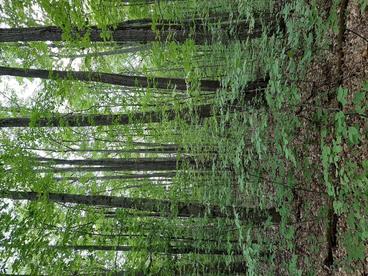
Shelterwood and slash walls to regenerate northern red oak and eastern hemlock (USFS)
Objectives of this stand include a shelterwood harvest, tending of the stand via understory cutting, constructing a slash wall for deer exclusion, and evaluating the effectiveness of excluding deer and the natural regeneration success.
Cover type: Northern hardwoods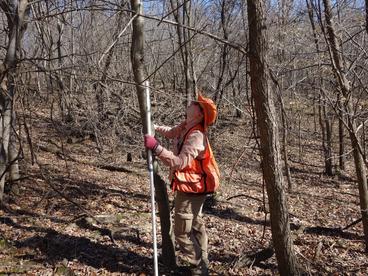
Underplanting for Oak/ Black Walnut Regeneration in a Southern Dry-Mesic Oak Forest NPC on the Buelow Unit
Regenerate a mature oak stand to a young stand of similar composition.
Cover type: Central hardwoods